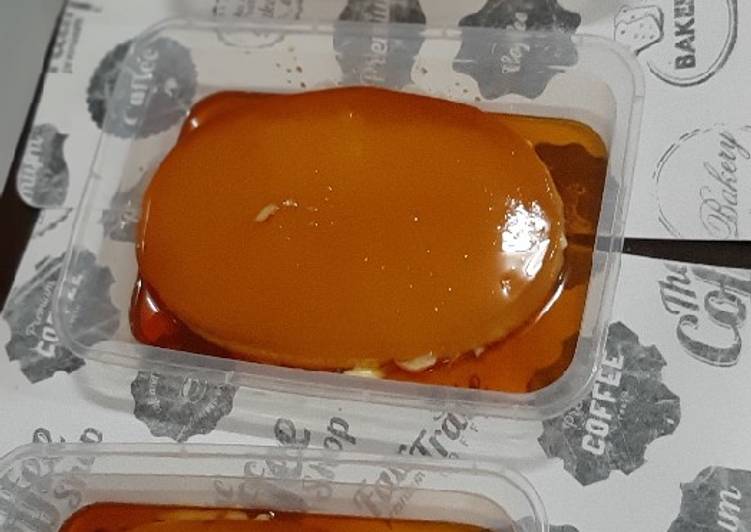Leche Flan. Compare Prices on Llanera For Leche Flan in Bakeware. Leche flan is popular Filipino dessert composed of custard atop a pool of easy homemade caramel, baked in a flan mold to creamy perfection. Leche Flan is a dessert made-up of eggs and milk with a soft caramel on top.
 It has been a regular item in the menu of most restaurants because of its taste, ease in preparation and long shelf life.
Leche flan can be cooked in one large shallow bowl and cut into squares or wedges to serve.
Alternatively, it can be cooked in smaller single-serve ramekins.
You can cook Leche Flan using 5 ingredients and 4 steps. Here is how you achieve it.
It has been a regular item in the menu of most restaurants because of its taste, ease in preparation and long shelf life.
Leche flan can be cooked in one large shallow bowl and cut into squares or wedges to serve.
Alternatively, it can be cooked in smaller single-serve ramekins.
You can cook Leche Flan using 5 ingredients and 4 steps. Here is how you achieve it.
Ingredients of Leche Flan
- It's 1 can of condense milk.
- It's 375 ml of evaporated milk.
- It's 9 of egg yolk.
- Prepare of Vanilla.
- It's 1 cup of sugar for syrup.
Leche flan is perfect by itself, but it can be served in many other ways. It is a popular topping for iced desserts in the Philippines like maiz con hielo and halo-halo. Leche Flan is the Filipino version of creme caramel. It is a sweet dish traditionally served as dessert at parties, fiestas, and other special occasions.
Leche Flan instructions
- Mix all the ingredient. Egg yolk, condense, evaporated milk and vanilla..
- For the syrup- In llanera, place 3 tablespoons sugar. Set llanera over the stove on low heat and using tongs, move llanera repeatedly over flames until sugar is melted and golden. Remove from heat and allow caramel to cool and harden..
- Pour strained mixture in the prepared Llanera..
- Steam the mixture for 30 to 45 mins. Allow it to cool..
It is also commonly used as topping for shaved ice such as halo-halo or in other treats such as floating island or graham de leche. Leche flan is traditionally steamed in the Philippines (where ovens were uncommon for many years), but baking it in a water bath is a great alternative if you don't have a steamer. — Giselle Krachenfels Leche flan is the Filipino version of French creme caramel. This easy to make custard is slowly baked in a water bath and chilled overnight before eating. The desserts of the Philippines are varied and rich with history. Many foods that were adopted and later became "Filipino cuisine" were heavily influenced by Spain, China, and America.
